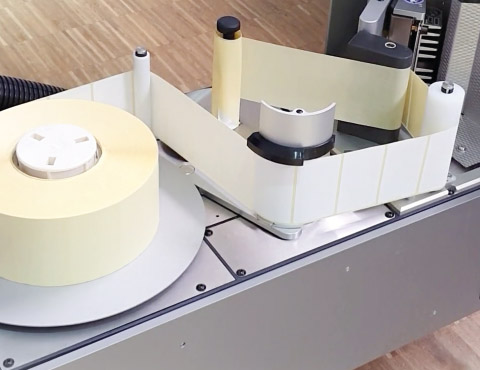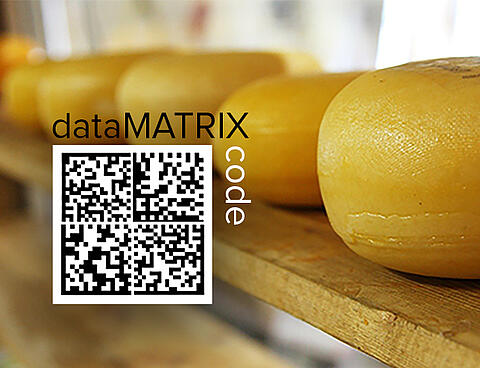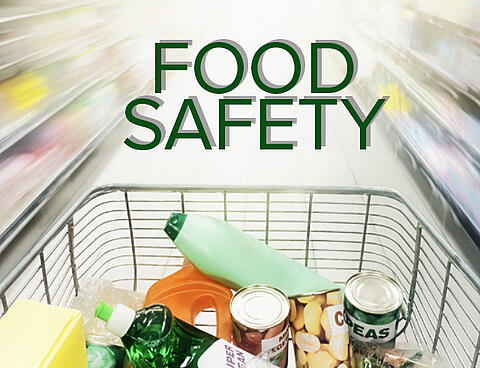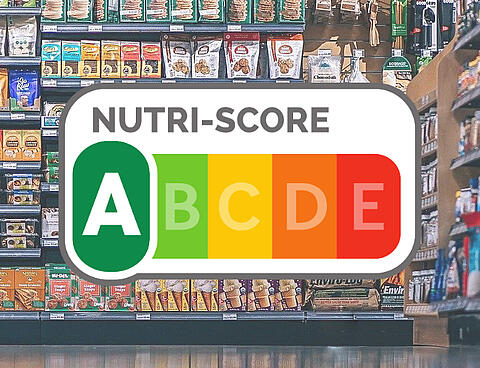
The 10 most important factors
influencing your labelling process
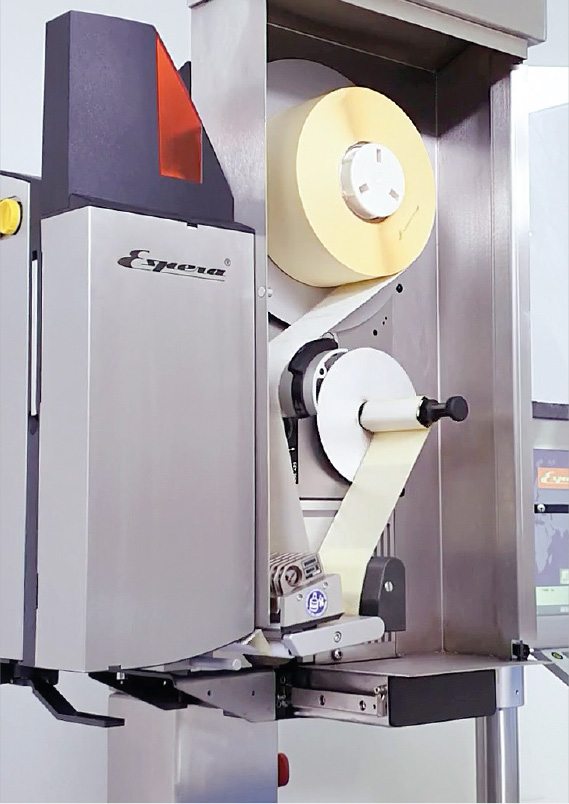
The importance of the labelling process is still underestimated in many productions, there are only a few features that influence the final consumer when buying in the supermarket, one feature of which is the price marking or labelling process.
Why is good labelling so important?
The influence of marketing on the design of the package and the label is becoming more and more important, because the consumer can decide in a few seconds at the shelf which product he likes most. Inaccurate labelling, a poor impression or a label applied at an angle does not make a good impression.
What should be taken into account when labelling?
A labelling accuracy of +/- 1 mm is under ideal production conditions what a food producer can expect from his price gun or labeler. A clearly legible print image is also of high priority. The following 10 points have a significant influence on the entire application process:

The best labelling accuracy is always achieved when the label is applied by touch. This reduces environmental influences such as ventilation, drafts from opening and closing doors, passing vehicles etc.

With weight-dependent price labelling, vibrations must be avoided in addition to the ventilation or drafts already mentioned. These have an influence on the weighing result and in the best case the products are not labelled because no weighing result could be determined, in the worst case the products are labelled with an incorrect weight.

Good management is essential. The product must be perfectly guided when it is fed to the labeller or price gun, only then can good labelling be achieved. Automatic guides which move together to the width of the package are advantageous. Errors due to manual adjustment or even the lack of use of an alignment station can thus be avoided.

Space for the label. The package must offer sufficient space to place the label, this may be especially difficult with grown products, such as fruit and vegetables, chicken, etc.

For very long labels, use a downstream pressure brush or roller that presses the labels against the product again, this prevents the label from turning over or sticking.

The label adhesive also plays an important role in the application process; if the packages are still wet, damp or frozen during marking or labelling, use a so-called deep-freeze adhesive. This ensures a considerably better initial adhesion of the labels to the package.

Thermal transfer or thermal direct. As a rule, the direct thermal process is used in the food industry. This works by heating individual dots, i.e. dots on the label by the thermal bar of the printer. The paper is therefore sensitive to heat and the discoloured dots produce a letter. The disadvantage is that the label discolours in direct sunlight or in the microwave. In the thermal transfer process, a foil is heated by the above-mentioned thermal strip, which also prints black dots on the label, which in turn produce a letter. The printed image can also withstand heat, but is more expensive and much slower.

Not only the adhesive but also the label quality is decisive. A high labelling performance also results in a high printing speed. Modern printers of labelling or price marking systems print up to 300 mm/sec, but this requires labels of particularly good quality. Ideally, the printing speed does not have to be fixed at all, but is automatically adjusted to the required labelling performance.

Care, cleaning and maintenance. Any machine is only as good as it is cared for, high and accurate performance is only possible if the system is cleaned and maintained regularly, and regular cleaning of the thermal bar is also essential for a good print image.

Mislabelling can be avoided by accessing central print data online and checking the print image, label and packaging again by a Vision Control device at the end.
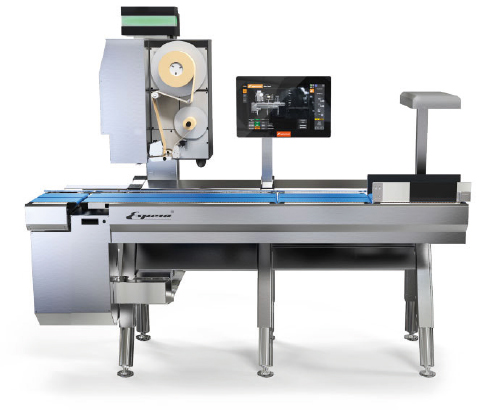
Digitisation in food production
Digitisation puts classic machine parameters such as speed and modularity in the shade as digital machine functions allow far more savings potential to be realised.
Find out in our new post about the technologies that digitalisation brings with it.





